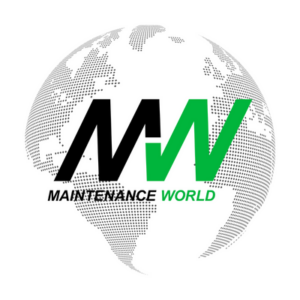Maintenance Challenges Specific to the Construction Industry
Abdulwahab Rahman Dayo for Click Maint CMMS
Posted 6/20/2025
The construction industry operates in a high-stakes, high-pressure environment where efficiency, safety, and precision are non-negotiable. From cranes and earth movers to power tools and generators, virtually every job relies on an extensive fleet of machines and tools that endure continual usage and harsh environmental conditions. Not only are these assets costly, but they are also crucial to maintaining the business’s efficient operation.
Unexpected machine breakdowns result in expensive project delays and safety hazards. They can also cause a knock-on effect in logistics backlogs across sites. Achieving the best performance from each machine is critical to the safety of workers and maintaining the pipeline’s operational efficiency.
Maintenance challenges in the construction industry are becoming increasingly complex due to the mobile nature of job sites, exposure to unpredictable weather, evolving safety regulations, and the difficulty of coordinating maintenance across multiple teams and locations. In contrast to the fixed-facility industries, construction is a dynamic field that requires a flexible, proactive approach to maintaining equipment. This article examines the maintenance challenges faced in the construction industry. It’s a great reminder of why strategic maintenance planning, using proper tools and processes, is crucial to the industry’s long-term success.
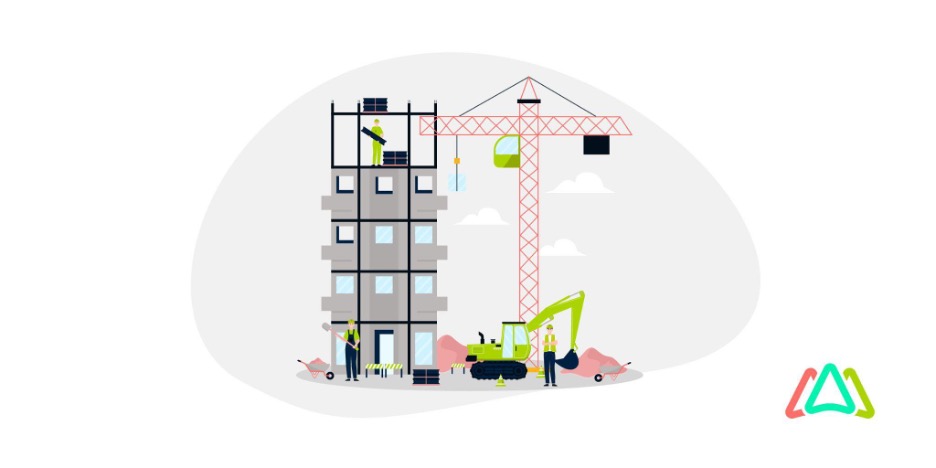
Maintenance In the Construction Industry
Construction maintenance differs from traditional industries, such as manufacturing, where assets are typically managed in fixed positions within controlled settings. Construction is a field that involves a fleet of constantly moving equipment operating in various and sometimes unpredictable environments. This mobility also brings a special maintenance issue.
Construction machinery is frequently transported between job sites with varying terrain and climate conditions. Equipment is exposed to rain, dust, and mud outside in extreme temperatures. These dynamic conditions necessitate highly flexible maintenance approaches in real-time.
Challenges Specific to the Construction Industry
1. Managing Wear and Tear of Heavy Machinery
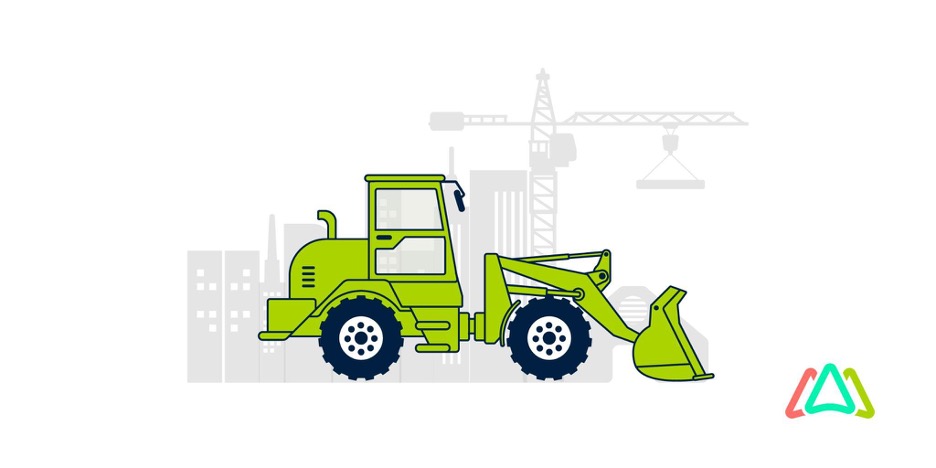
Heavy construction machinery, such as excavators and bulldozers operating in rugged terrains, faces intense stress daily under extremely demanding physical conditions. Constant exposure to dirt and vibration accelerates wear on components, leading to hydraulic failures and sudden engine overheating.
Construction teams must adopt a proactive maintenance mindset to mitigate potential problems over time effectively. Detailed usage tracking and regular inspections are crucial, along with timely service intervals. By being proactive, you can stay ahead of potential issues and keep your projects running smoothly.
Techniques such as oil analysis reveal internal wear early, before it becomes visibly apparent downstream. Companies that address wear proactively reduce unplanned downtime and extend asset life, keeping projects under budget.
2. Ensuring Compliance with Safety and Regulatory Standards
Meeting safety and compliance standards is integral to maintenance. Equipment must be certified and regularly checked for compliance with OSHA, ISO, and country-specific standards. This policy is intended to safeguard the workforce, mitigate risk, and ensure the integrity of the project.
The consequences of not following safety and regulatory standards can be severe, including prosecution, lawsuits, and denial of insurance claims, as well as stalled projects. Minor errors can have significant implications in high-risk settings such as construction sites. So, being ahead of the curve is key here, which comes down to planning and documenting.
A Computerized Maintenance Management System (CMMS) is critical in minimizing costly disruptions by automating safety inspections, managing certification renewals, and creating audit-ready reports.
3. Minimizing Downtime of Equipment and Tools
Idle machinery stalls progress and wastes labor hours as crews wait anxiously for repairs or desperately needed replacements. The biggest challenges arise from unpredictable failures on remote sites with limited spare parts and sluggish technician response times.
Companies are turning to predictive maintenance to minimize downtime. By analyzing performance data, teams can anticipate failures before they occur and schedule repairs during non-critical hours. Innovative tools like IoT-enabled sensors and vibration monitors provide real-time insights into machine health, enabling early detection of issues. This use of technology empowers you to manage your equipment more effectively and keep your projects on track.
4. Coordinating Maintenance Across Multiple Project Sites
Maintenance coordination across numerous construction sites poses significant logistical hurdles under operating conditions. Machinery constantly relocates between various locations, making it extremely complex to track equipment usage, condition, and lengthy service history. Critical information is easily lost without a centralized system, resulting in frequent missed inspections and costly downtime.
Mobile-enabled CMMS apps prove essential right here. They enable real-time updates and centralized asset tracking while facilitating consistent maintenance workflows across vastly different geographical locations.
Firms succeeding in multi-site coordination typically standardize various operational processes, leveraging digital tools for asset visibility. Those that fail rely heavily on manual tracking, leading to delays and duplicate efforts, which significantly impact project timelines and profitability.
5. Addressing Environmental and Weather-Related Challenges
Heavy machinery operates outdoors in harsh conditions, making it prone to damage from rain and scorching summer temperatures. Rain, dust, heat, and mud accelerate mechanical degradation by rapidly fostering corrosion, clogging, and overheating various mechanical components.
Seasonal changes also demand specialized maintenance planning. In hot climates, regular cooling system maintenance is necessary, while in freezing temperatures, antifreeze checks and battery condition assessments are frequently required.
Neglecting such crucial factors shortens the lifespan of valuable machinery and compromises safety on job sites every day. Proactive maintenance tailored to specific environments ensures optimal performance and remarkably reduces risk under challenging field conditions.
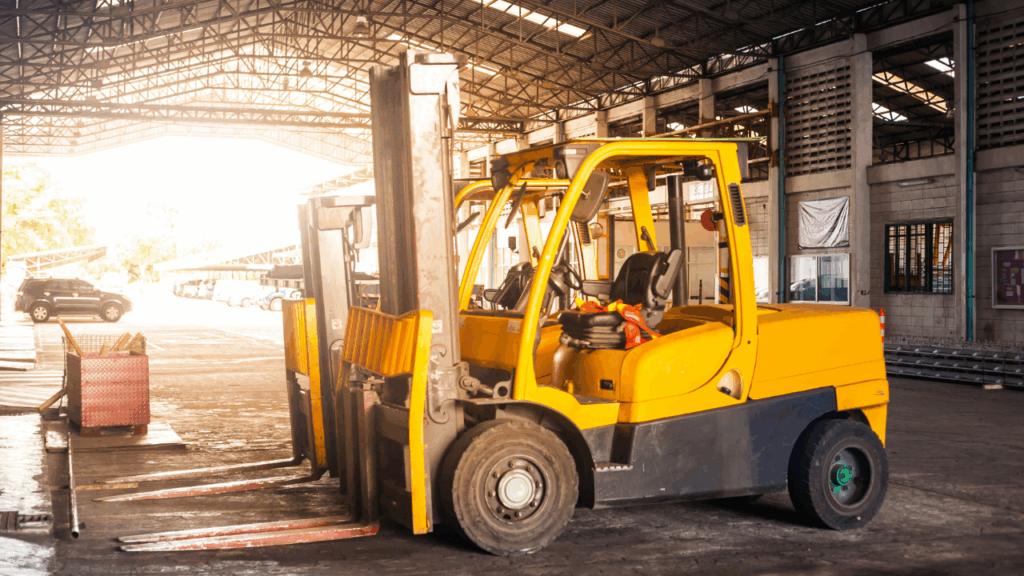
6. Balancing Maintenance Costs with Project Budgets and Timelines
Maintenance is nowadays often viewed as a cost center rather than a crucial business asset and significant value driver in most corporate settings. Project managers face budget constraints and tight deadlines, making long-term maintenance investments rather tricky to rationalize properly. A short-term mindset often results in costly equipment failures and unplanned rework, thereby disrupting project schedules and significantly inflating costs down the line.
The hidden costs of poor maintenance, including labor downtime and safety risks, far outweigh the cost of investing in preventive maintenance. Teams can gain deeper insight into the return on maintenance investments by leveraging various budgeting tools and scrutinizing CMMS reports very closely. This empowers decision-makers to balance project needs with preventive care, ultimately protecting timelines and corporate bottom lines.
7. Dependence on Subcontractors with Varying Standards
Construction companies frequently outsource equipment operations and maintenance to subcontracted teams that bring their own standards and trusted tools. Variations in records can lead to miscommunication about maintenance history or result in overlooked safety inspections. When one team logs maintenance in a spreadsheet and another uses paper forms, or worse, nothing at all, it becomes nearly impossible to maintain precision and continuity.
To solve this, firms should establish a unified maintenance protocol and enforce it through a centralized system. A mobile-friendly CMMS allows every subcontractor, regardless of their internal processes, to follow standardized workflows, submit digital service logs, and report issues in real time. This unified system ensures that everyone is on the same page, promoting precision and continuity in your maintenance operations.
8. Lack of Real-Time Visibility into Asset Health
Without real-time data, maintenance teams operate in the dark. Equipment might be overheating, underperforming, or approaching a critical failure point, yet there’s no way to know until something breaks. This lack of visibility is hazardous when machines are spread across multiple job sites.
Connected technology is the solution. Managers can now effectively monitor operating conditions, such as temperature and fuel usage, by installing IoT sensors on key assets. Insights gained can trigger automated alerts or maintenance tickets within a CMMS, transforming reactive maintenance into a more predictive process almost instantly.
9. Skill Gaps and Shortage of Qualified Maintenance Technicians
The construction industry is facing a growing shortage of technicians with mechanical expertise and digital fluency. The gap widens as equipment becomes increasingly sophisticated, featuring onboard diagnostics, telematics, and intelligent controls. Even minor issues can escalate without skilled hands due to misdiagnosis or delayed intervention.
To address this, companies must invest in upskilling their technicians and implementing cross-training programs. Partnering with equipment vendors for specialized training sessions, adopting digital troubleshooting tools, and integrating AI-assisted diagnostics into their CMMS platforms can help less experienced technicians perform better. Additionally, maintaining a knowledge base within the CMMS, with step-by-step guides and repair history, can serve as a real-time assistant in the field.
10. Disjointed Data Across Teams and Tools
When maintenance data is fragmented and stored in various formats, such as spreadsheets, whiteboards, email threads, or handwritten logs, it leads to inefficiency and oversight. Teams may unknowingly duplicate work, miss service intervals, or make uninformed decisions because past failures or repair history are not accessible in one place.
Solving this starts with unification. A cloud-based CMMS enables all stakeholders to access the same real-time data, regardless of their location.
Each update or inspection note is logged centrally and remains linked throughout an asset’s entire operational lifecycle. Integrations with project management tools and inventory systems enable better planning transparency across various construction operation levels.
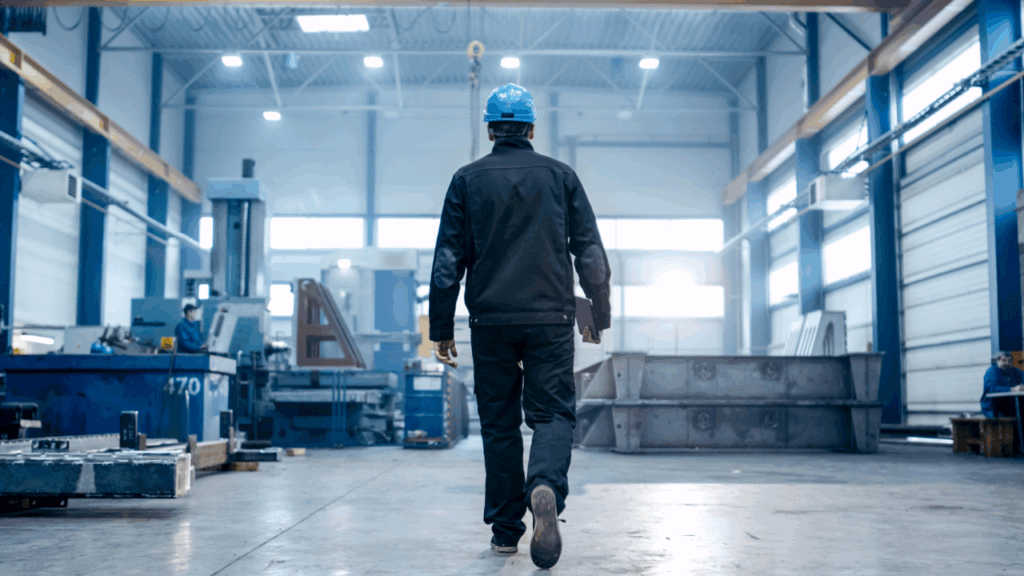
Future Trends in Construction Maintenance
Advanced technologies and sustainable practices are driving the rapid evolution of construction maintenance, with very innovative solutions. Drones streamline inspections by providing high-resolution aerial views of equipment that is notoriously difficult to access, thereby improving safety and significantly reducing manual checks. AI-powered predictive maintenance leverages sensor data and historical failure patterns to quickly forecast issues before major breakdowns suddenly occur, minimizing costly downtime.
Integrated systems that link CMMS, BIM, and project management tools provide real-time visibility into asset locations and maintenance tasks, enhancing team coordination. Meanwhile, the push for greener operations drives the adoption of biodegradable lubricants and component recycling strategies that significantly extend equipment lifespan. These trends shape a futuristic maintenance scope for highly efficient and eco-friendly construction.
Turning Challenges into Opportunities
The construction industry faces maintenance challenges stemming from its dynamism. A flexible and forward-thinking approach proves essential for mitigating these challenges.
Reactive fixes are no longer sustainable, especially with rising costs, tight deadlines, and safety risks. Adopting tech-enabled solutions, such as CMMS, IoT sensors, and predictive analytics, provides the visibility and automation needed to stay ahead.
Long-term success depends on striking a balance between cost, uptime, and performance. Companies that invest in smart maintenance today will build stronger, safer, and more profitable projects tomorrow. Now is the time to modernize your maintenance strategy and protect your bottom line.

Abdulwahab Rahman Dayo
Abdulwahab Rahman Dayo
Abdulwahab Rahman Dayo (Dayo for short) is a skilled content writer who brings Click Maint's digital content to life. With a background in communication and a knack for creativity, he crafts engaging articles, blogs, and social media posts. Connect with him on LinkedIn.
Related Articles

Too Small for a CMMS? Think Again

The Role of Information Technology in Plant Reliability

The Future of CMMS





